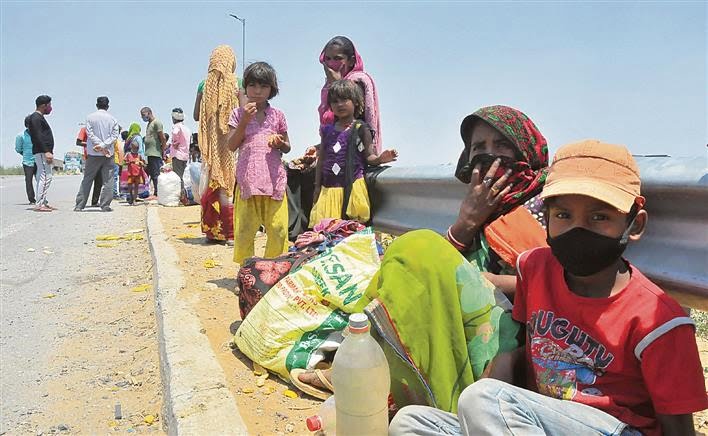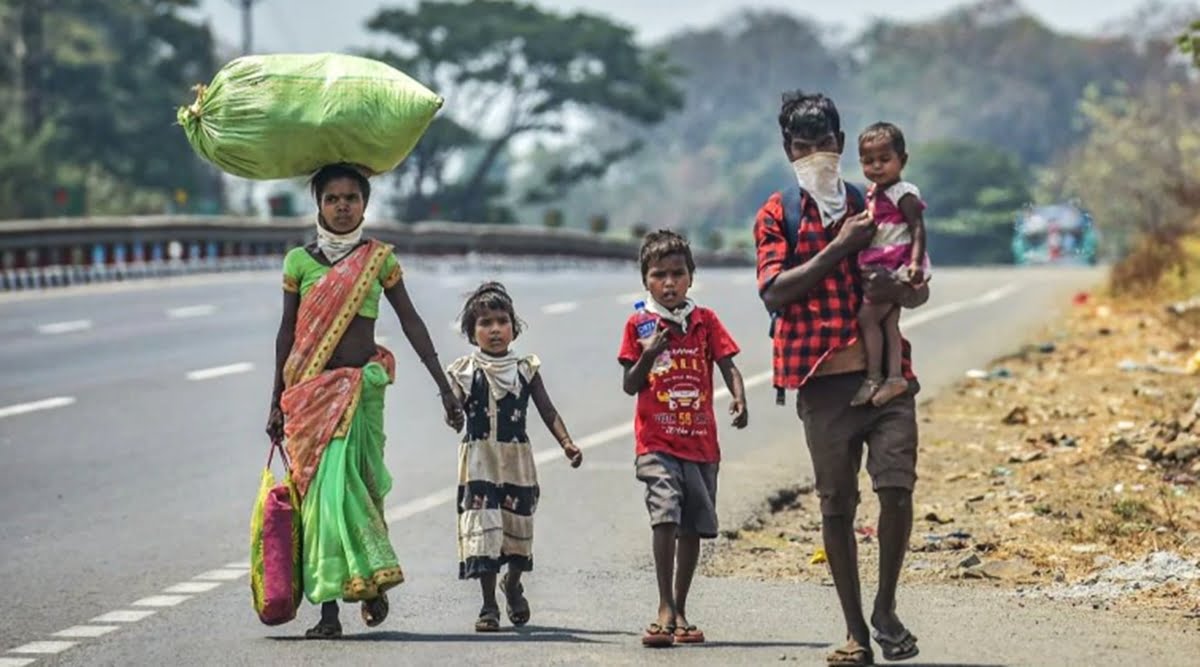Discrimination based on caste, religion, ethnicity, social class and gender are social problems that India has struggled with, for centuries. I will not, in this piece, dwell on an explanation of these phenomena or their consequences. These are, tragically, well known, already. They continue to cost us in terms of lives and years of human suffering.
As a doctor and a mental health professional, however, what is upsetting on a personal and professional level is the alacrity with which India has selectively adopted the social distancing guidelines prescribed by the WHO to mitigate the spread of the novel coronavirus infection. Strangely enough, it seems to have become intertwined with the socio-cultural biases many among us harbour, especially that reinforce our irrational belief that some human lives are worth less than others. It also feeds into the notion that humans we deem of lesser importance or contaminants should be kept away from their social betters.
Dalits and tribal communities find it harder to access healthcare, and are more likely to be turned away from hospitals, while being stigmatised for being unclean and blamed for transmission. They are blamed for their exposure, which is usually a consequence of the kind of employment and housing that they are forced into, due to untouchability.

For example, hospitals, buses and other public spaces are enforcing a 1 to 2 metre physical distance between people using their services. As with most public health measures, adherence to this is erratic and far from universal. However, what is striking is that people who are ‘visibly’ lower-caste and lower-class, that is darker skinned, unkempt, shabbily dressed or of a physicality that suggests an ethnicity not native to that particular region, are more likely to be viewed with clinical suspicion. In other words, it is the poor, the (so called) lower castes, the religions other than Hinduism and the migrants that we fear. They are the others – the outsiders – the perceived contaminants. They were never very welcome in the civil society before the pandemic and are even less so now.
Also read: #DalitLivesMatter: Why Are Atrocities Against Dalits On The Rise?
On May 25, the UP chief minister Ajay Bisht remarked that about 75 percent of the migrant workers who were returning to his state from Mumbai and other states like Delhi were infected by the COVID-19 virus. A Congress leader, PL Punia, responded to this that considering most workers were “Dalits or belong to backward castes”, his statement could lead to “social hatred”.
I have witnessed them being asked to stay away from the counters, being treated with fear and apprehension, interrogated about their history of exposure, rebuked for seeking public services during a pandemic and even refused intensive care. Health care professionals are less likely to touch this demographic, let alone offer them the care that is rightly their due. They are also the ones likely to be shunted from one hospital to another in the likelihood of their turning positive, as has been demonstrated with tragic consequences in Bangalore.
Dalits and tribal communities find it harder to access healthcare, and are more likely to be turned away from hospitals, while being stigmatised for being unclean and blamed for transmission. They are blamed for their exposure, which is usually a consequence of the kind of employment and housing that they are forced into, due to untouchability.
It has also, conveniently, fed into our xenophobia at a time when tensions with China are escalating. From being called the Chinese virus, to migrants from the North East facing discrimination and stigma in what is largely known as mainland India to derogatory remarks on food habits. These too, add on tremendously to our untouchability bias, especially evident in our attitude towards people who we believe do not belong to the ‘mainland’.
Public discourse also appears to sanctify communalism, from Muslims being held responsible for deliberately spreading the infection to Christians and Muslims being shamed for dietary and cultural practices that are blamed for the spread of the pandemic.
The people affected by this bias which has only aggravated intensively during the pandemic, are the ones at the bottom of the social hierarchy – the underprivileged and the dissenters – both of whom come under the broad category of misfits. This is perhaps, why Amitabh Bachchan received care immediately perhaps but not Varavara Rao. Our health care system is such, that help reaches an upper class, privileged man such as the veteran actor in the matter of just hours while those who do not toe the lines of the State and are also evidently outside the privilege bracket, will be denied and delayed care.
It has also, conveniently, fed into our xenophobia at a time when tensions with China are escalating. From being called the Chinese virus, to migrants from the North East facing discrimination and stigma in what is largely known as mainland India to derogatory remarks on food habits. These too, add on tremendously to our untouchability bias, especially evident in our attitude towards people who we believe do not belong to the ‘mainland’.
This is far from an isolated example. I am part of a health care system where I see the poor, the lower castes, the tribal communities, Muslims, Christians, the urban slum dwellers, the rural underprivileged, people from the North East, manual labourers, sanitation workers and scavengers blamed vocally for seeking healthcare and turned away on flimsy excuses. In hospitals, the under privileged are likely to be group C and D workers – responsible for manual work such as shifting or bathing patients, changing sheets, collecting waste or carrying samples of body secretions to the lab. Yet, they are devalued at the drop of a hat if sick, and sent away, rather than receiving consideration for an infection they most likely picked up at work. Doctors and nurses usually receive protective equipment and are covered by healthcare schemes, while the frontline workers such as sanitation workers and security guards in the hospital are not.
Also read: Covid-19: Grief Is A Thing Of Privilege
Even while the majoritarian Indian population are self-congratulatory about all the self-prescribed ‘Indian culture’ based solutions to the pandemic – from gomutra to vegetarianism to the Namaste, none of these proven to be of efficacy against the pandemic, except the Namaste. And the Namaste, too, for many within India, carries deplorable overtones of untouchability.
Even while the majoritarian Indian population are self-congratulatory about all the self-prescribed ‘Indian culture’ based solutions to the pandemic – from gomutra to vegetarianism to the Namaste, none of these proven to be of efficacy against the pandemic, except the Namaste. And the Namaste, too, for many within India, carries deplorable overtones of untouchability.
The pandemic has been called the great leveller. The truth is however far from that. Just about anybody can get infected. However, not everybody is treated equally or get the care and support they deserve. In a country like India, which already operates on such large and gaping social divides, COVID-19 has only heightened this inequality. What is tragic, however, is that we’re using it as an opportunity to fan untouchability in the civil society.
It is may be too much to hope that India will overcome existing majoritarian biases during this pandemic. However, it is important to recognise that the COVID-19 affects communities, not just people, and that none of us can be healthy, unless all of us are healthy. Touch is not the problem, inequality is.
Featured Image Source: Newsclick.in
About the author(s)
Migita is a psychiatrist, currently training as a resident doctor in geriatric psychiatry. She is originally from Kollam, Kerala. She grew up and did her schooling in Dubai, before relocating to India to pursue a career in Medicine. She completed her MBBS from Government Stanley Medical College in Chennai and her MD in Psychiatry from at the National Institute of Mental Health and Neurosciences, Bangalore. You can find her on Facebook, Instagram, Twitter, LinkedIn and Medium.




